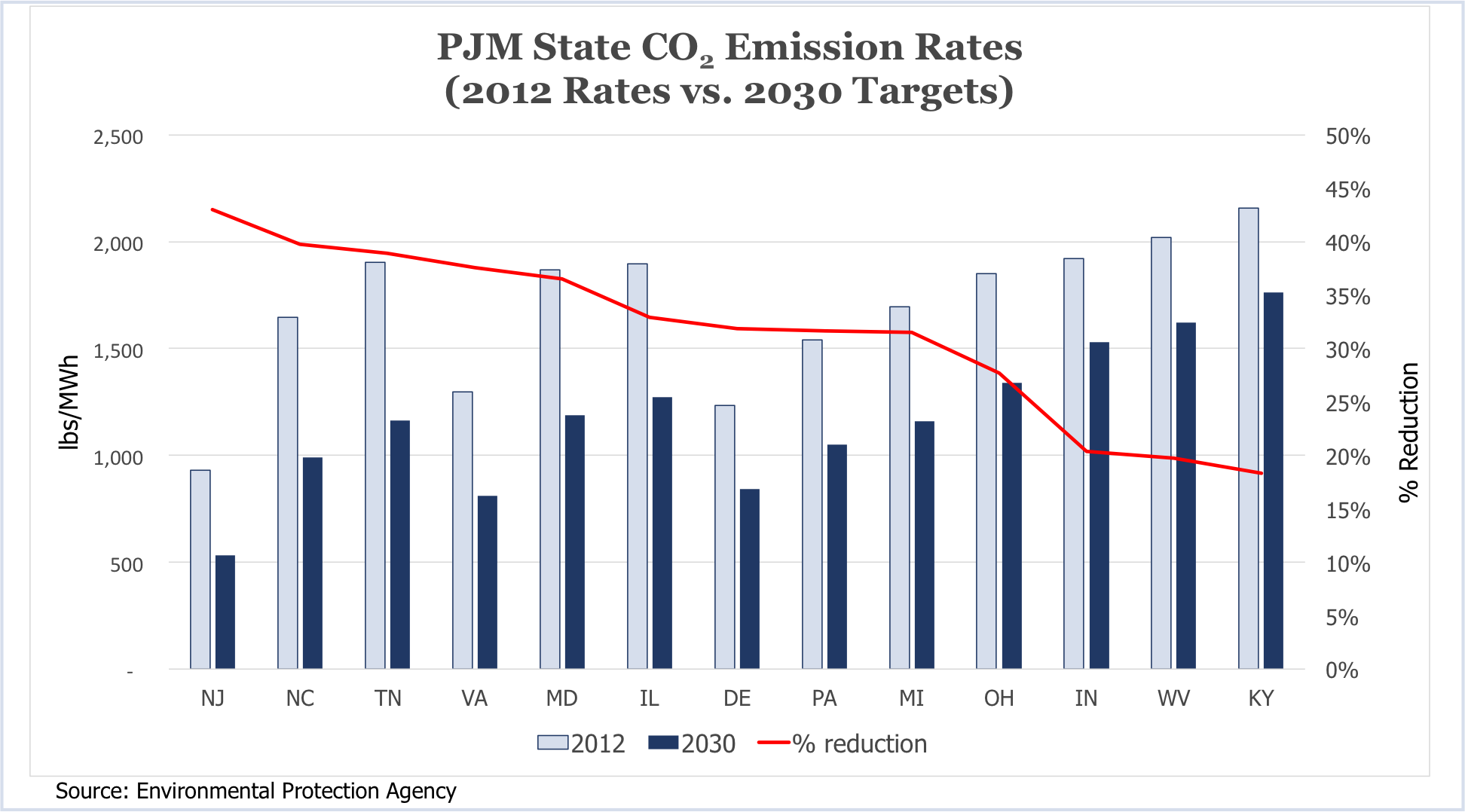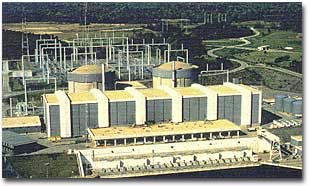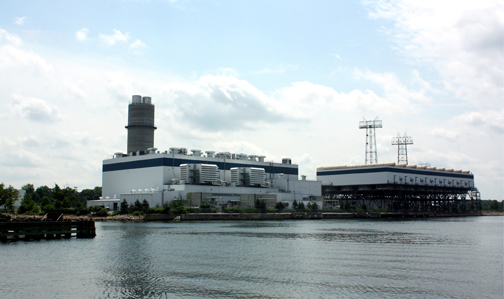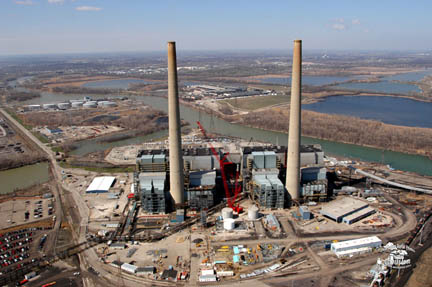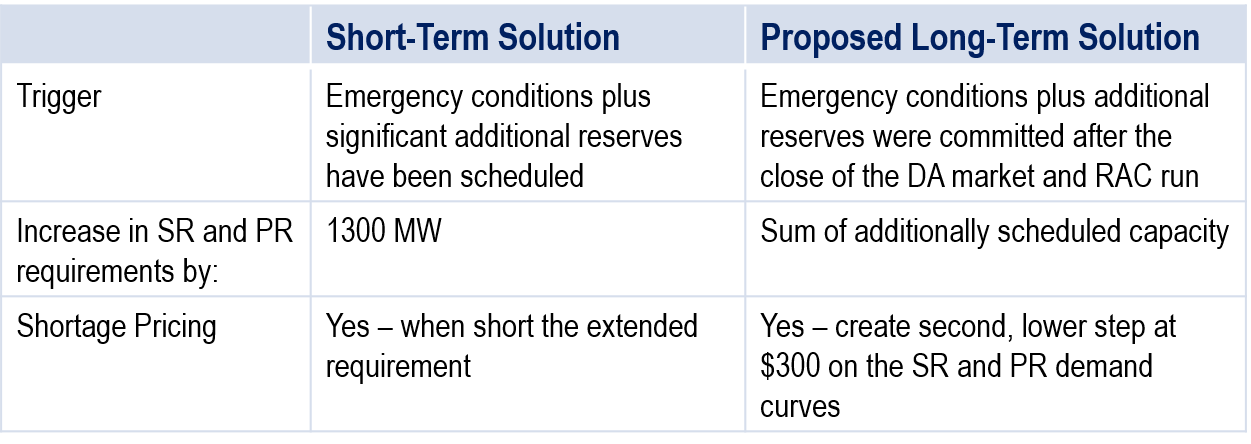PHILADELPHIA — Operational challenges and costs may limit the ability of generators to obtain the level of reliability envisioned in PJM’s Capacity Performance proposal, power industry experts said last week.
At the PJM Market Summit in Philadelphia, industry officials cited a range of obstacles to PJM’s plan, which some called an overreaction to the generator outages of January:
- Operators of advanced turbines are reluctant to add dual-fuel capacity because of higher maintenance costs and limited operating history.
- Neither turbine manufacturers nor insurers are offering a way for generators to insulate themselves against nonperformance risk.
- Dual-fuel generators lacking fuel storage tank farms would likely need to be connected to a fuel terminal.
- Force majeure clauses common in the natural gas industry mean even generators with firm transportation contracts may be exposed to nonperformance penalties.
Megan Parsons, development section manager for engineering and construction management firm Burns & McDonnell, said PJM’s emphasis on backup fuel capabilities will benefit reciprocating engines and aeroderivative and E-class turbines. But owners of advanced F-, G-, H- and J-class turbines have been hesitant to employ dual-fuel capability because of higher maintenance costs and limited operating history.
“Because it’s expensive to test fuel oil, none of the OEMs [original equipment manufacturers] have lots of fuel oil test hours and don’t expect to get a lot of fuel oil test hours,” she said. “So it’s going to be a bit of time before the industry really knows what those long-term maintenance implications are. All of the OEMs have or are planning fuel oil testing. They have tested successfully, reliably. But inherently with higher firing temperatures there are higher maintenance implications.”
Combined-cycle “units are very, very large and use a lot of fuel,” added Parsons’ colleague, Tom Graves, senior project manager for Burns & McDonnell. “You’re looking — for 48 hours of operation — [at] a 5 million gallon tank. That’s a lot of money and capital sitting there unused.”
150-MW Peaker Analysis
Graves said an analysis he performed for a PJM generation owner found that retrofitting an F-class simple-cycle unit would cost $50 to $100/kW, or $7.5 million to $15 million for a 150-MW peaking unit. The 1 million gallons of fuel oil needed to run for 48 hours would cost about $4 million, he said.
“So you’re potentially $12 [million] to $20 million into this thing before you ever ran a single hour,” he said. “Forget the logistics of getting 7,500-gallon trucks to your facility to refill 300,000 gallons of usage over a single day. That’s 45 trucks a day. You have to be close to a terminal and you’re going to have to have a wholesaler or marketer that can provide 45 trucks worth of diesel in a very short period of time … so you really are probably looking at a pipeline connection to a terminal.”
In addition, generators may be able to operate on oil for only 40 or 50 hours annually without triggering the Environmental Protection Agency’s new source review rules, he said.
In comparison, Graves said, a firm gas contract for $8 to $16 per dekatherm-day would cost $2.5 million to $5 million annually.
Firm Gas Option
PJM’s Mike Bryson, executive director of system operations, acknowledged fuel storage is a big challenge.
“It’s one of the reasons that coming up with a firm gas alternative may still be financially better off,” he told the summit audience of about 60 at the Philadelphia Sheraton Downtown hotel. “We want to talk to the gas industry and say, ‘We need to figure this out. You may not have the product now but we need to come up with a product.’ Dual-fuel is very expensive.”
Force majeure provisions
Even generators with firm gas transportation contracts may be exposed to nonperformance penalties under PJM’s proposal because pipelines generally limit their liability with force majeure provisions.
Bryson said force majeure is one of the most contentious issues surrounding PJM’s proposal.
“I don’t even know if we have one staff position on force majeure. We might actually have three. So we haven’t figured it out,” he said. “We’re listening to people [on] this. That’s a big issue that the board needs to decide on in a couple of weeks.” (See related story, Coalitions Make Their Cases to PJM Board.)
Scott Harvey of FTI Consulting said gas generators are unlikely to contract for firm delivery.
“Go back and look at what [the Federal Energy Regulatory Commission] did after the gas crisis in California where there were gas-fired generators that had firm contracts for gas. And when FERC was looking for money to cushion the shock on the California ratepayers they took that money out of those contracts,” Harvey said. “No CEO in their right mind should ever sign a firm gas contract if they’re a merchant generator.”
Harvey said a cheaper alternative might be to offer industrial customers incentives to release their gas in a one-in-24-year weather event such as January’s polar vortex.
“How about once in 24 years we shut down 40 industrial plants for two days and make all that gas available? How does the economics of that lost production compare to the cost of building 12 new gas pipelines?” he asked. “There’s a lot of flexibility if you allow the market to work.”
Insurance, Warranties
Officials said neither turbine manufacturers’ warranties nor insurance offers enough coverage to protect generation owners from nonperformance penalties.
Parsons said turbine manufacturers offer some warranty coverage for unplanned events. “So I think there is an appetite for some of that. In general it gets to be: ‘Do the OEMS want to be an insurer?’ As of yet, fully, I think the answer has been ‘no.’”
Normal business interruption insurance comes with 30- or 60-day financial deductibles, said Jason Kahan, vice president with Energy Investors Funds of New York.
“I don’t think you’re going to be able to find an insurance product that’s going to [protect] you” if your plant is out of service for one or two peak days in winter or summer, he said. “What’s that number for a large combined-cycle facility? $100 million? I don’t think [coverage] exists and without a doubt the insurance market isn’t deep enough now.”
“With these complex types of products and these kinds of numbers, you’re buying a right to litigate. That’s what you’re buying,” said attorney John J. McAleese III, of McCarter & English in Philadelphia. “You’re not actually buying insurance. They’re in the premium-collection business. It pays for them to litigate before they pay” large claims.
Kahan said PJM’s rules will make financing new generation more complicated and expensive.
“Banks are going to require either higher interest rates or more equity as part of the overall capital structure. It’s going to further drive capacity prices up because if you want to build it you’re going to have a higher [rate of return] because of that risk premium.”
Overreaction?
Some summit speakers said PJM’s proposal is an unnecessarily expensive response to a very unusual weather event.
Graves called PJM’s proposal “a bit of a knee-jerk reaction,” saying he sees the locational value of Capacity Performance as similar to that for black start capacity.
He noted that gas-supply problems during January were limited to areas with insufficient pipeline capacity. Focusing on location-specific fuel-supply problems could improve reliability at a much lower cost, he said.
“There’s specific regions on the grid where black start generation is valuable and there are other locations where it provides no value. There are going to be specific places on the grid where [firm fuel] products are valuable and [others] where they aren’t. Six, eight months isn’t enough time to really understand the issue and plan for it.”
James Wilson, consultant to state consumer advocates, said PJM failed to exploit energy conservation measures that could have provided breathing room in January.
Wilson said PJM’s product will create “a private club with very strict eligibility and entrance requirements” and new market power problems that cannot be effectively mitigated.
“Sellers will have numerous reasons for not offering Capacity Performance, or only offering it including a lot of investment and risk in their offer. I really don’t think PJM or the Market Monitor is going to be in the position to go through and verify and critique and disagree with those reasons,” he said. “Only a small amount of Capacity Performance eligible — or potentially eligible capacity — really has to be withheld to [make] the Capacity Performance price very high.”


